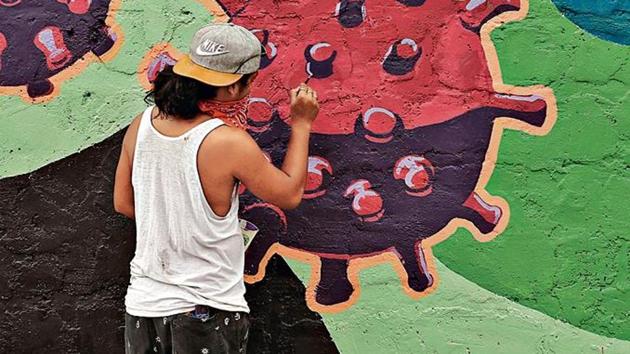Covid-19: What you need to know today
India accounts for 6.14 million of the 33.38 million cases of coronavirus disease the world has seen, or 18.41% of total cases, according to Johns Hopkins.
Less than 10 months after it emerged in Wuhan, China, the Sars-CoV-2 virus has claimed a million lives (1.002 million as this column is being written on Tuesday, according to Johns Hopkins Coronavirus Resource Center), although a report in Bloomberg, citing Alan Lopez from the University of Melbourne’s global burden of disease group, said the actual toll could be around 1.8 million.

That’s probably a directionally accurate assessment, although the number itself may, according to this writer, be exaggerated. Dr Michael Ryan of the World Health Organization said in Geneva on Monday that the “current numbers” are “likely an underestimate”. No country has recorded all coronavirus disease (Covid-19) deaths accurately as investigations by The New York Times and The Financial Times (and this was back in April) pointed out. Neither of those investigations covered India, but it is very likely that India’s record-keeping of deaths, patchy at the best of times, suffered even more during Covid-19. The HT newsroom has reported several instances where tests weren’t carried out on the dead to check whether they died on account of Covid-19. And almost every Indian state has that Kafkaesque construct, the death audit committee, which decides whether a person died of Covid-19 or because of some comorbidity.
Click here for complete coronavirus coverage
Based on data from antibody tests and assuming (on the basis of this data), an infection fatality rate of 0.1%, Dispatch 158 on September 15 (bit.ly/33aCg41) calculated that the number of dead in India was between 110,000 and 131,500 around mid-September. India had around 80,000 deaths at the time, so this was a difference of 37.5% to 62%. The logic behind assuming an infection fatality rate of 0.1% was explained in Dispatch 152 on September 8 (bit.ly/2GcSdhx).
In terms of annual deaths from infectious diseases – there really is no point in comparing Covid-19 with others unless you are looking for a headline – the coronavirus is already ahead of everything else. And unlike deaths caused by many so-called lifestyle diseases, the ones caused by Covid-19 were sudden. India itself could cross the 100,000 mark in a few days (it ended Monday with 96,354 deaths), joining the US (over 200,000 deaths) and Brazil (around 140,000 deaths) as the only countries to have seen deaths in six digits. As of this writing, India accounts for 6.14 million of the 33.38 million cases of coronavirus disease the world has seen, or 18.41% of total cases, according to Johns Hopkins. It accounts for just around half that proportion of deaths – 96,318 out of a total of 1.02 million, or 9.6%. India’s case fatality rate has always been much lower than that of many other countries. For instance, on the basis of the numbers cited above, it works out to 1.56%, around half the global CFR of 3%, and also much lower than the case fatality rates of the US (2.86%) and Brazil (3%). These numbers are likely to decrease for all countries simply because doctors have figured out ways to save lives while treating Covid-19. This is borne out by data.
Also read| 88 million in India may have been exposed to Sars-Cov2: Sero survey
According to worldometers.info, the world crossed 250,000 deaths on May 3 (252,865 to be exact). It ended the day with 3.5 million cases for a case fatality rate of 7.17%. It crossed 500,000 Covid-19 deaths on June 25 (500,028). It ended the day with 9.6 million cases. The case fatality rate on the day was 5.17%. It crossed 750,000 deaths on August 12 (754,740). It ended the day with 20.8 million cases for a CFR of 3.63%. A little over 70% of the cases the world has seen so far have been added since June 25 – a period which recorded half the deaths on account of Covid-19 thus far.
The numbers highlight an opinion that many experts are finally beginning to voice – that early action (such as aggressive testing), and better communication (especially about masks, social distancing, and public events), may have saved more lives.






